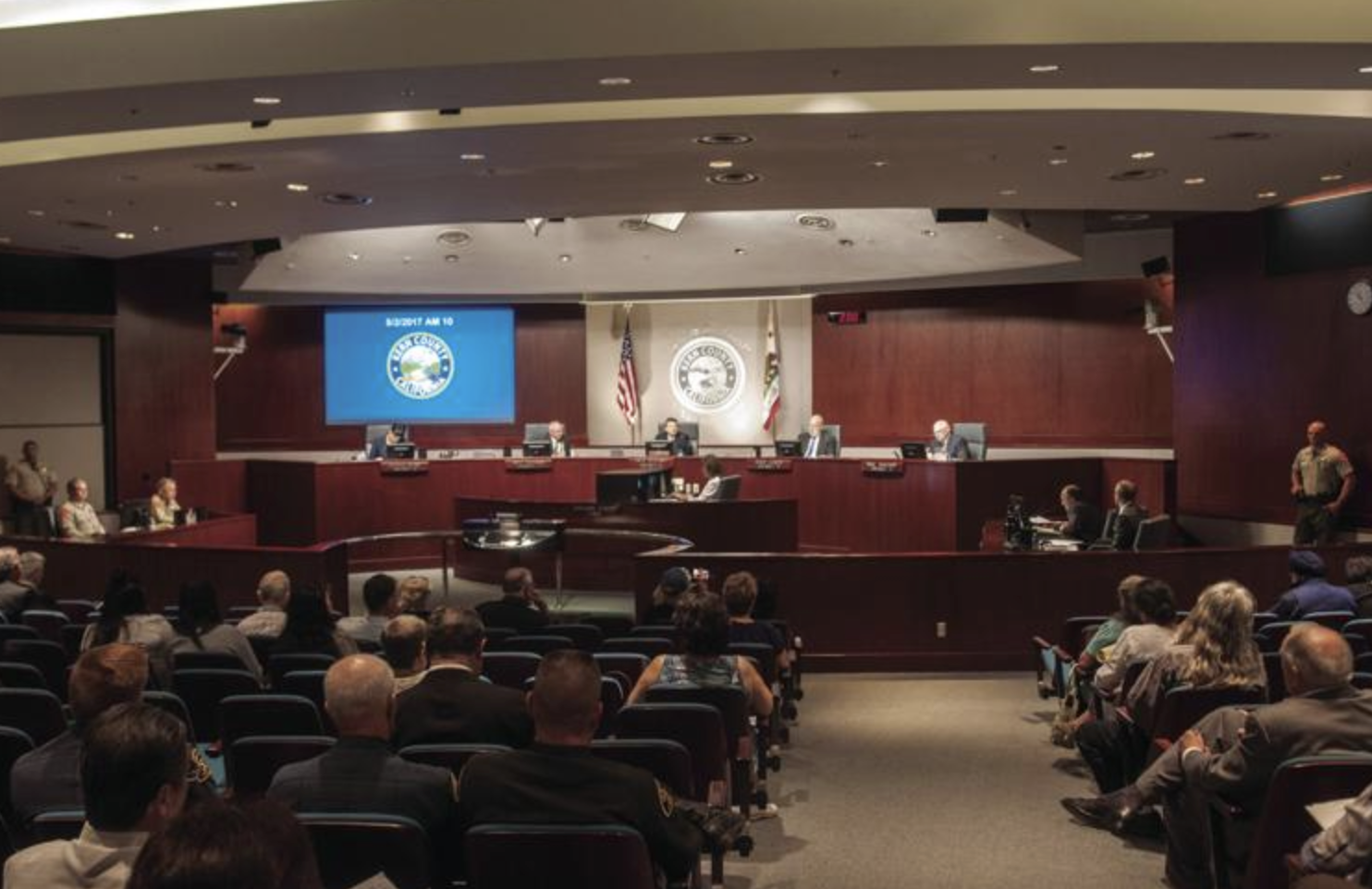Change How Unincorporated Communities are Governed

Unincorporated communities throughout California are effectively denied a municipal level of government. Counties, though responsibe for delivering municipal services to those communities, are structurally incapable of tending to localized needs. County obligations are spread between duty to large-scale areawide needs and superficial concern for municipal needs that are typically distributed unevenly around the county and among the Supervisors. All too often the local issues that matter to unincorporated communities get lost in the fog of business attended to by County Supervisors. Or those local issues are drowned out by the noise machines of dominant incorporated cities and interest groups within the County. Whatever the case, unincorporated communities are easily overlooked by the powers that be within a county.
State law allows for citizen advisory councils to be formed but does not require the advisory councils to be elected by the people for whom they are supposed to be speaking. In practice, except in rare instances, having advisory councils appointed by a Supervisor means the advisors owe fealty to the Supervisor, not to the people. And since the role of an advisory council is merely to pass along information, Supervisors (or their appointed Planning Commissioners) are under no obligation to pay attention. The upshot is that public concerns are watered down by an illusion of concern.


